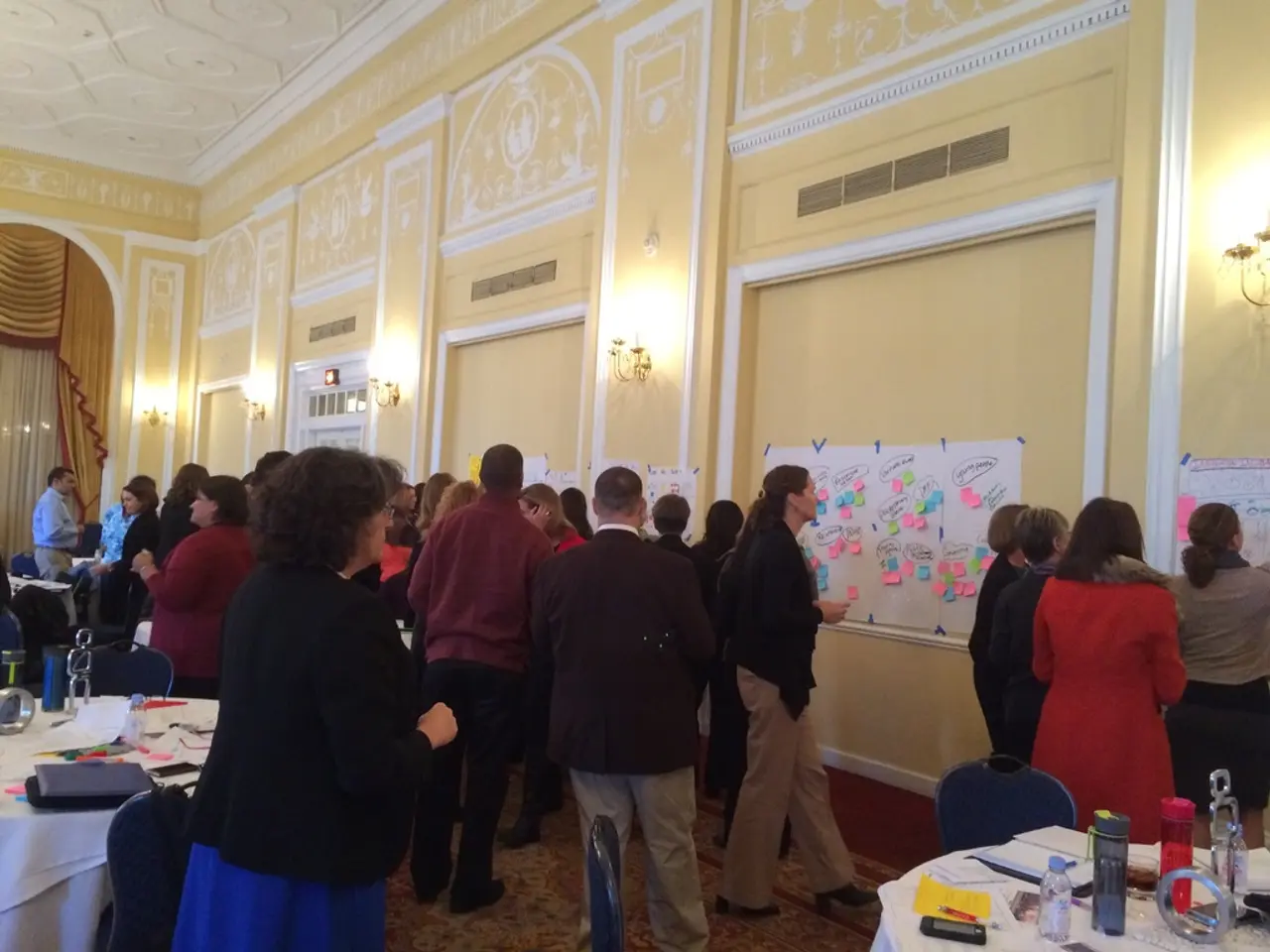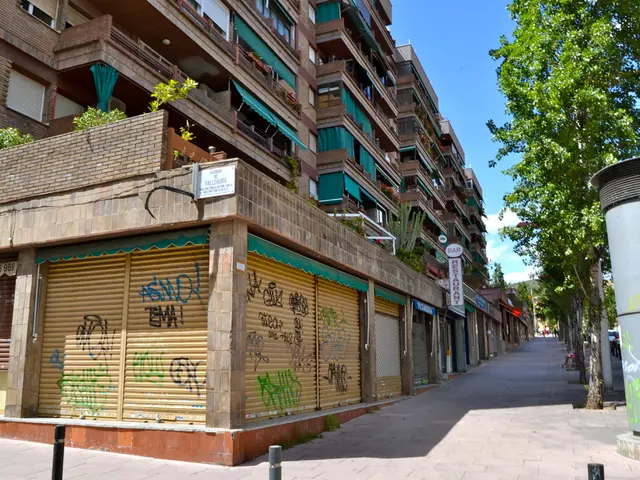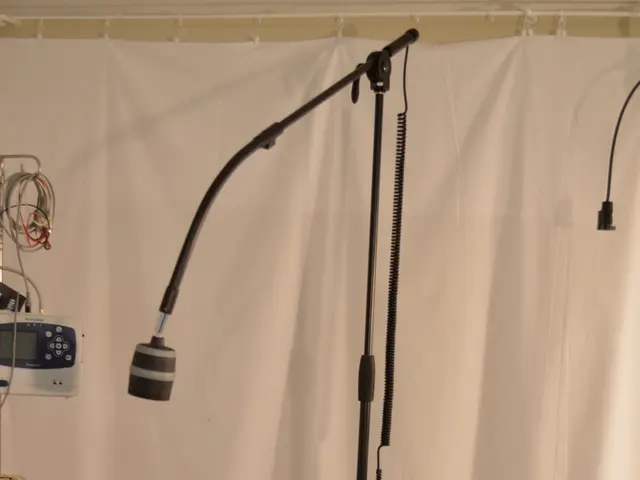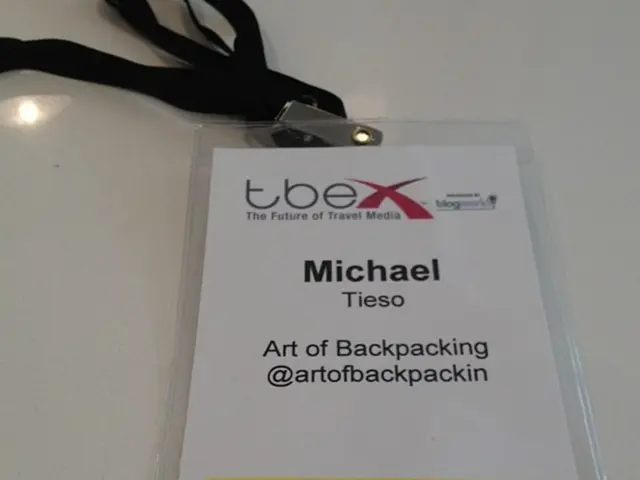Artists and scholars affiliated with the Smithsonian Institute express their reactions to a White House list flagging works of art deemed objectionable
In the realm of art and politics, a list of works and exhibitions have recently been deemed problematic by the White House, following an executive order issued by President Donald Trump. This order aimed to remove "divisive narratives" and "anti-American ideology" from museums and research institutions, with actions targeting the Smithsonian Institution and its National Portrait Gallery.
One of the works that has caused a stir is Rigoberto A. Gonzalez's painting, titled Refugees Crossing the Border Wall into South Texas. This painting, which is currently housed at the Varmar Private Collection, was a competition finalist for The National Portrait Gallery in 2022. The White House newsletter singled out the painting for "commemorating the act of illegally crossing" the border, a claim that Gonzalez denies.
Gonzalez, an American artist, depicts an immigrant family crossing the U.S.-Mexico border wall in his work. The painting has sparked debate, with some viewing it as a poignant commentary on migration and border politics, while others see it as promoting border crossings.
Another artwork that has drawn attention is Hugo Crosthwaite's animated portrait of Dr. Anthony Fauci. Crosthwaite animated 19 drawings he made, depicting Fauci dealing with the HIV/AIDS crisis and the COVID-19 pandemic. The portrait remains on the National Portrait Gallery's website and on YouTube, despite the White House's criticism. Crosthwaite believes the White House singled out the portrait because it depicts someone who promoted the technology and creation of vaccines.
Ibram X. Kendi's book, How to be an Anti-Racist, has also been featured at the National Museum of African American History and Culture. Kendi, a Howard University history professor and author, has been labelled a "hardcore woke activist" by the White House newsletter.
Amy Sherald, another artist whose work has been affected by the White House's actions, cancelled her upcoming show at the Smithsonian's National Portrait Gallery last month. Sherald's work, including her painting of a trans woman with pink hair and a blue gown, holding a torch, called "Trans Forming Liberty," has been criticised by the White House. Sherald stated that every portrait she makes is a counterterrorist attack against attacks on American history and Black American history.
Patricia Cronin's bronze sculpture "Memorial to a Marriage" is part of the National Portrait Gallery's permanent collection. The sculpture, which depicts two women embracing on a bed, has been criticised for its LGBT themes. Cronin fears that the current political climate could lead to the erasure of LGBT monuments in public spheres.
These controversies highlight the delicate balance between art, politics, and freedom of expression. As the debate continues, it remains to be seen how these developments will shape the future of art and its role in reflecting and challenging societal norms.








